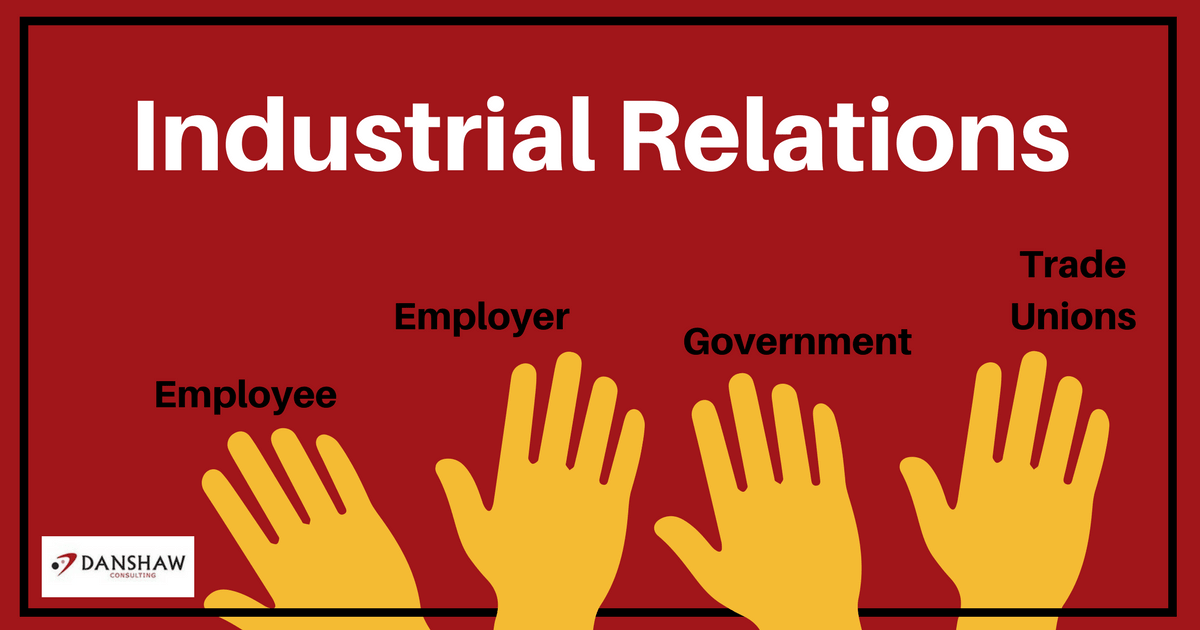This is a mutual ‘give and take’ transactional relationship between representatives of two institutions that is workers on one side and the employing organization on the other to the mutual benefit of both. In the unionized organization, the collective bargaining process can be thought of as a complex flow of events that occur in the determination of wages and fringe benefits and other working conditions. Union bargaining is used in a broad sense to include those in professional organizations that bargain with employees over variety of matters that are the most important aspect of the collective bargaining process.
 |
| The collective bargaining process In Industrial Relations |
PURPOSE OF COLLECTIVE BARGAINING
ASPECTS OF THE COLLECTIVE BARGAINING PROCESS
1. These include formation of unions;
TYPES OF BARGAINING RELATIONSHIPS
Selekman’s Categories of bargaining Relationships
1. 1. Counter Aggression (Confrontational)
This type is characterized by union aggressively trying to extend its voice in the company’s operations, with management trying hard to keep unions in check.
This is characterized by employers who accept union and attempt to get rid of the union at every opportunity.
This type of bargaining is characterized by both parties attempting to gain any possible advantage from the situation depending on the economic conditions.
This relationship feature secret relationship and understanding been union leader and top management with minimum involvement of rank and file workers.
This has much less desirable constraints than the deal bargaining relationship and it involves manoeuvers to gain or maintain mutual advantage over the public or competitors by controlling the market price or raw materials e.g. Kitwe Council and Market levies.
This type is characterized by toleranceand compromise on the part of both parties but not forgetting the respective rights of their constituencies.
This relationship between the workers and employing organization is characterized by mutual concern over matters above and beyond ages, hours and working conditions such as matters of efficiency and technological change. Both accommodation and mutual relationship are characterized by an avoidance of extreme display of power.
TYPES OF BARGAINING
The Authors Walton & McKenzie argued that there are 4 types of bargaining:
a) Distributive bargainingrefers to the situation in which the goals of the two parties are in conflict and which is assumed that the total values to be bargained are fixed so that someone’s gain is another’s loss.
DISTRIBUTIVE BARGAINING
1. Pre-negotiation proposals from members of union and present proposals to management.
b) you must agree to have a reconciliatory
c) if this is not possible, the union must seek a strike authorization by way of secret vote from the general membership.
INTEGRATIVE BARGAINING
This type is far less prevalent than distributive. The integrative bargaining requires a change in attitude on both sides, i.e. management and union from an offensive-defensive position to genuine interest in and concern for joint exploration of problems, fact gathering and problem solving. It becomes a way of life for the two parties.
Examples may be seen through:
a. Quality of work life (QWL)
Quality of work life is a systematic effort to create work situations that enhance employees’ motivation and commitment, the factors that contribute to high levels of organizational performance. QWL results (benefits) are increased output, quality products and worker participation. These improve affecting the organization.
For QWL to succeed, the work place must be more democratic. Committees are set up with representatives from both the workers and management to determine what work has to be done. This is called worker participation. The QWL programs support highly democratic treatment of employees at all levels and encourage their participation in decision-making
ii). Job enrichment (vertical). This design of jobs increases addition of fast employees levels responsibility and control.
a) Reduction of vandalism or scrap or waste.
b) How to create safer working environment, developing employee skills, improving morale and leadership.
c) How to improve product quality.
Once the short-term problems are solved quality circles are disbanded. Quality circles have been an innovation of the Japanese industry.
Benefits of Quality Circles
1) Increased job satisfaction, organization commitment, and hence reduces turnover among workforce.
2) Increased productivity as a result of reduction in cost and avoid defects.
3) Increased organizational effectiveness e.g. profitability and goal attainment.
4) Opportunities are provided to develop problem-solving abilities and increase job skills.
5) Co-operative attitude and a spirit of teamwork exist between management and employees.










0 Comments